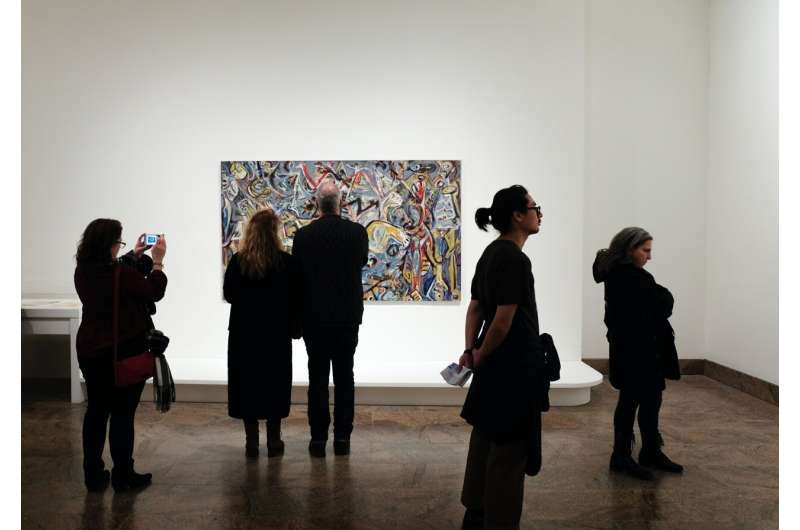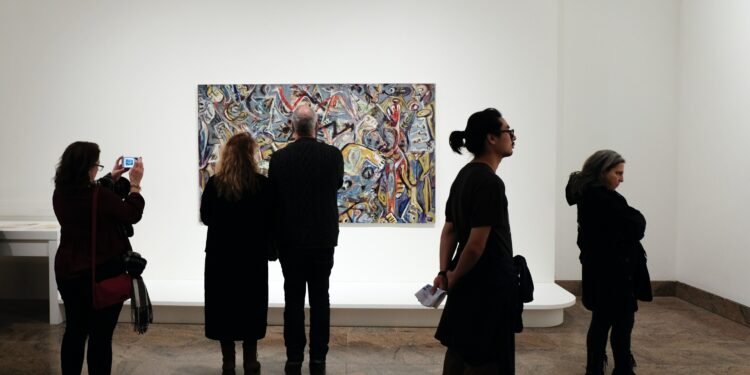
Nearly a quarter of U.K. heritage organizations are using artificial intelligence (AI) tools, according to a recent survey commissioned by The National Lottery Heritage Fund (NLHF).
The rise of AI in the heritage research led to the NLHF commissioning Dr. Mathilde Pavis, of the University of Reading, to conduct research unpacking emerging uses of AI across museums, galleries, libraries and archives, and support the heritage sector in planning for the AI revolution.
The research found the main uses of AI include helping to manage collections, improving visitor experience and boosting business.
Other uses identified include generating new ideas for marketing content, producing transcripts of events and adding metadata tags into catalogues to make collections easier to find online.
But Dr. Pavis’s study also highlighted the risks that come with using AI, such as:
- A risk of discrimination when using AI to identify people in images
- Copyright infringement when AI is used to source protected content
- Misinformation from chatbots
There are plenty of solutions to these risks, Dr. Pavis suggests. Arts organizations should be conducting rigorous testing for discrimination, inaccuracies and transparency issues, labeling and citing any AI-generated content clearly before publication and developing policies around the use of AI.
Dr. Pavis said, “We are starting to see AI being used in several innovative and useful ways in museums, libraries and galleries. Many risks come with using AI, but as cultural leaders, heritage institutions are uniquely positioned to mold AI innovation. Realizing the technology’s promise requires sector-wide collaboration on its challenges.”
More information:
Artificial Intelligence: a digital heritage leadership briefing. www.heritagefund.org.uk/about/ … -leadership-briefing
University of Reading
Citation:
Machines meet museums: Report unpacks AI in heritage sector (2023, November 24)
retrieved 24 November 2023
from https://techxplore.com/news/2023-11-machines-museums-ai-heritage-sector.html
This document is subject to copyright. Apart from any fair dealing for the purpose of private study or research, no
part may be reproduced without the written permission. The content is provided for information purposes only.










